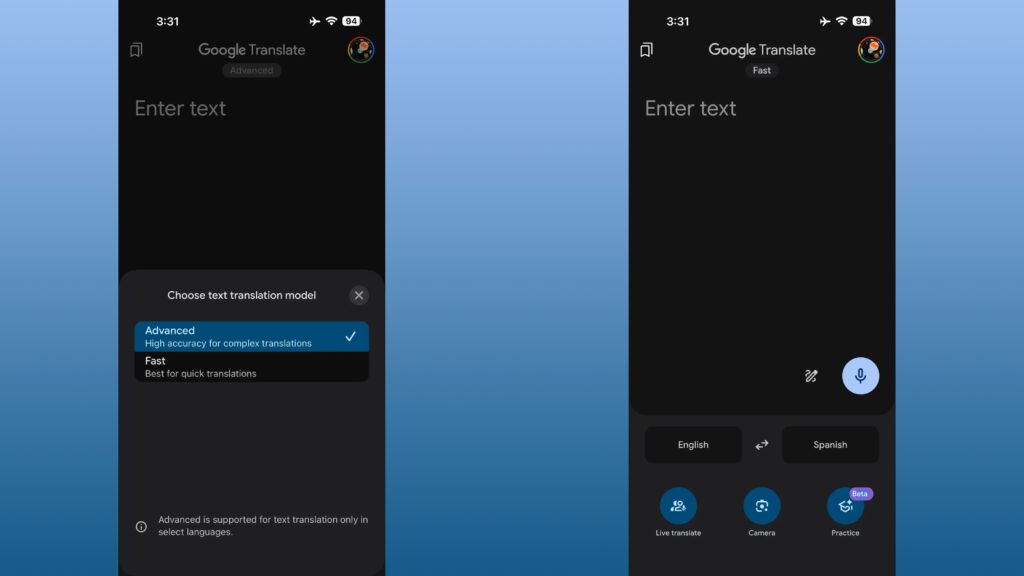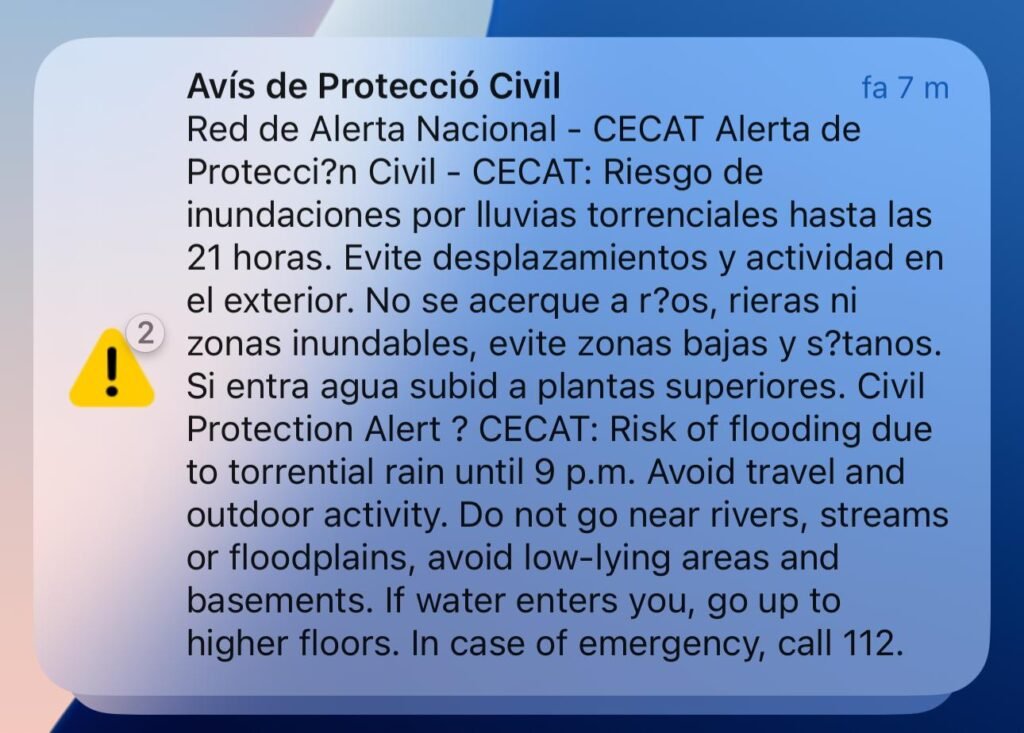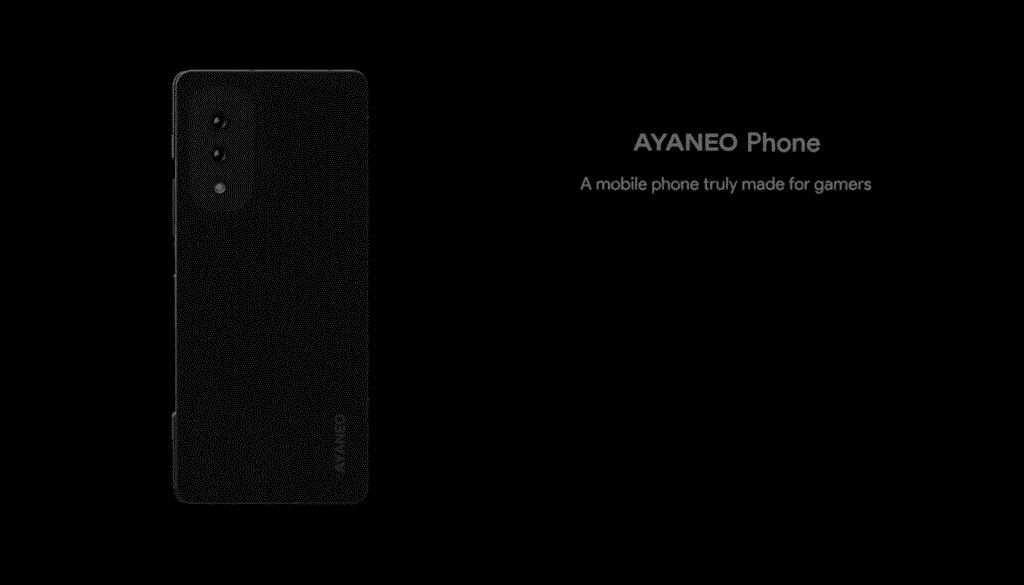Summary
- Keep apps and settings on a USB to run anywhere without installs or admin rights.
- Portable apps leave no trace, but you should pair them with encryption for real privacy.
- Store a portable app manager, browser (Firefox Portable), and Notepad++ for a pocket desktop.
For most people, software means installation, which buries programs deep inside an operating system. While this old-school model works, you constantly need admin rights, you gather a ton of digital junk, and you have to redo all your settings every time you switch devices. However, there is a better way to use software.
By choosing to keep your apps and all your custom settings on a portable drive, you can have a lot more control. This gives you a smooth and consistent experience whether you’re using a friend’s laptop, a computer at a library, or your desktop at home. All you need is a flash drive and some portable apps.
What makes an app “portable”?

A portable application is a specialized piece of software that’s fundamentally different from the traditional programs you install. What sets it apart is its self-contained design and the fact that it can run instantly right off a removable storage device, like the PNY Elite-X Type-C Flash Drive we reviewed. This means you can fire up a portable app without ever needing a formal installation on the computer’s operating system.
This is a big difference from conventional software, which is inherently complex and messy, needing an intricate setup process that often weaves the program deep into the OS. For example, traditional programs typically scatter their operational files and executable binaries all over your system folders, like C:\Program Files or specific user spots like AppData.
In contrast, a truly portable application is completely self-contained and isolated, eliminating the need for any of that system-level entanglement. The foundational idea is that everything it needs, from the executable program files and all necessary components, to your personal user data and settings, is stored in one single directory, right there on the drive itself. This structure makes sure that the apps won’t leave behind any digital footprint, temporary files, or configuration data on the local PC when you close it or unplug the drive.
Even complex configuration settings, user preferences, bookmarks, and extensions are all redirected and saved in the folder on your USB. It lets you reliably carry your entire application ecosystem with you and launch it seamlessly from one machine to the next. This makes sure that every PC you use feels like your own and keeps the configuration the way you like it. That means instant consistency wherever you go.

The absolute biggest perk of using portable apps is the fantastic level of privacy you get, which gives you complete control over your files whenever you’re using a computer away from home. This awesome privacy comes straight from how portable apps are designed, since the application never formally installs itself, it also never leaves behind any lasting ways of figuring out what you did.
On the other hand, a well-made portable application avoids permanently messing with the Windows registry, which reduces the chance of things going wrong on the host system and making you liable. This ability to leave no trace on the machine is absolutely vital when you’re forced to use a computer you borrowed, a library kiosk, or even a hotel business center. In those public or shared spots, using a portable app means you can surf the web without leaving any personal information behind.
The second you unplug that drive, you can be pretty sure that all your activity and personal data go with you. This is especially relevant in situations where malware like USBDumper is designed to silently copy the contents of any inserted USB drive onto the PC.
For people who are really privacy-conscious, using portable apps also makes it much simpler to get solid, physical security by pairing the app with encryption tools. You can easily put the folder containing your self-contained app inside a secure, encrypted volume on the USB drive itself. You can do this using software like VeraCrypt.
This means that even if you lose it or someone steals your USB drive, the confidential files and application settings can’t be accessed without the correct passphrase. Portable tools exist specifically for handling sensitive data, such as KeePassXC. This is hands-down the best solution for portable password management because it stores your database locally, so your passwords never leave your flash drive for cloud storage.
This kind of multi-layered approach is pretty common. You really want a situation where the application doesn’t touch the host PC’s file system and the portable files themselves are locked behind rock-solid AES encryption. I like to use this because I always felt like a hacker when I brought a flash drive to use on a PC. Also, if you’re working from another location, it’s a must.
Your desktop can fit in your pocket

The second huge benefit of using portable apps is that portable apps are fantastic when it comes to ditching the frustrating chore of having to constantly reset or customize your tools every time you switch computers. Portable software seriously changes how you interact with different machines because it lets you literally carry your digital workspace with you, giving you instant consistency wherever you are.
Your entire personal working setup, stuff like your toolbar layouts, file-save defaults, favorite bookmarks, and even your macro settings, is all saved right alongside the application on the flash drive itself. While you can have your laptop ready to go, you likely will have to work on your home computer and work computer to try to get your work done.
When you fire up that app on any compatible PC or portable apps on Lniux, it springs to life running exactly as you last set it up. If you’re a big fan of a tool like Firefox Portable, for instance, you can carry your browser with all your customized preferences, extensions, bookmarks, and even your browsing history, making sure the environment is familiar and ready instantly.
Instead of having to log in and wait for settings to sync or tediously tweak interfaces, the portable app gives you all your settings and customizations immediately. What’s more, running your portable environment from a cloud-synchronized folder (like Dropbox or OneDrive) gives you an even smoother transition, since any changes you make to preferences or settings on one device will automatically update across all your devices using the sync client.
Essential apps to load on your drive

For anyone who’s just discovering the awesome potential of carrying their entire digital life in their pocket, figuring out which applications are the must-haves for a reliable portable toolkit is the perfect next step. The easiest way to start building your army of apps is by grabbing an application management suite like the Portable Apps website. It acts as a dedicated Start Menu for your portable software and seriously simplifies installing and organizing apps. There are actually plenty of apps you should keep on a flash drive, but I have some favorites.
An absolute must for immediately taking advantage of portable computing is a web browser, and Mozilla Firefox, Portable Edition, is a top-tier choice. Portable versions of browsers, including Firefox and Chrome Portable, are easily available and let you hop online without leaving a trace of personal info on the host machine.
Your browsing history, sensitive cache files, customized extensions, and personal bookmarks are all written exclusively to your flash drive. Firefox Portable is great for keeping things private on shared computers or for getting that familiar experience on different devices. This means your customized browser is instantly ready to go, complete with the personalized setup you prefer.
Another indispensable category is text and coding, which makes Notepad++ Portable a must-have. This app is way more robust than a simple notepad, working as a feature-rich text and code editor that offers crucial capabilities like syntax highlighting for dozens of programming languages, multi-tab editing, and macro recording.
For anyone who’s frequently writing or editing config files, scripts, or markdown on multiple computers, Notepad++ Portable has the consistency and efficiency you need. This app is also great because it generally has a tiny file size, which is useful even when you’re dealing with low-storage options.
This big move toward portable apps isn’t just about a handy trick; it’s a huge shift in how we can actually use our digital stuff. When you unchain software from the hassle of traditional installation, you get a new level of control and freedom in how you work.
The personal touch and consistency you get make it feel like you’re always using a computer you’re familiar with. Just make sure you have a USB that can hold it all.







